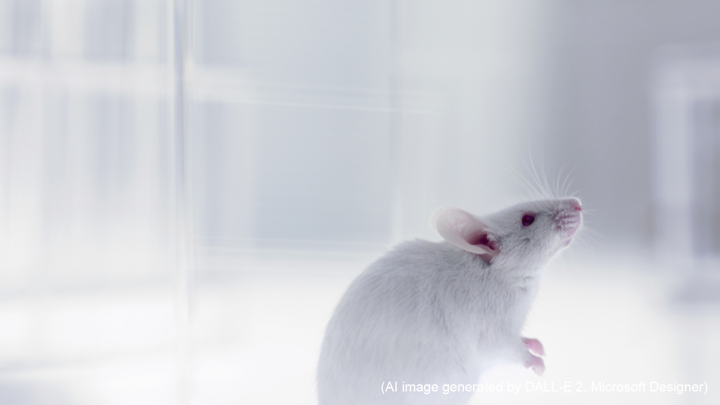Latest articles

2023.05.04 09:07
#E0009 Exposure to inhalable dust, endotoxin and formaldehyde in factories processing particleboards from eucalyptus trees in Ethiopia
Eucalyptus particleboard production workers in Ethiopia exposed to high levels of dust, endotoxin, and formaldehydeIn Ethiopia, particleboards are made from eucalyptus trees as it is cheap and grows easily across all soil and climate types in the country. The workers employed in particleboard manufacturing industries are exposed to wood dust, endotoxin, and formaldehyde, all associated with the production process. These substances are known to cause respiratory health problems and there are occupational exposure limits set by different government bodies. A previous study from Ethiopia shows a high prevalence of respiratory symptoms in workers of particleboard industries.Here we asked, what are the exposure levels of workers to wood dust, endotoxin, and formaldehyde in these industries? We conducted the study across the two largest factories in Ethiopia and measured the levels of the three inhalable substances at different stages of the production process. We compared the levels with the recommended exposure limits.Our results showed that the workers in these factories were exposed to high levels of these toxic substances. For inhalable dust, 93% of the samples collected had higher levels (mean of 4.66 mg/m3) than the threshold limit value of 1 mg/m3. For endotoxins, 41% of the samples were above the recommended occupational exposure limit of 90 EU/m3. Lastly, the maximum levels of formaldehyde (3.5 ppm) were found in the blending process where it is added to the resin mixture.Our study is the first to access the exposure levels of harmful inhalable substances in particleboard manufacturing industries of Ethiopia using eucalyptus as a raw material. It highlights the importance of installing mechanical ventilation systems or hoods for collecting dust. Moreover, workers should also be encouraged to use protective equipment (PPE) in these factories.
0





























